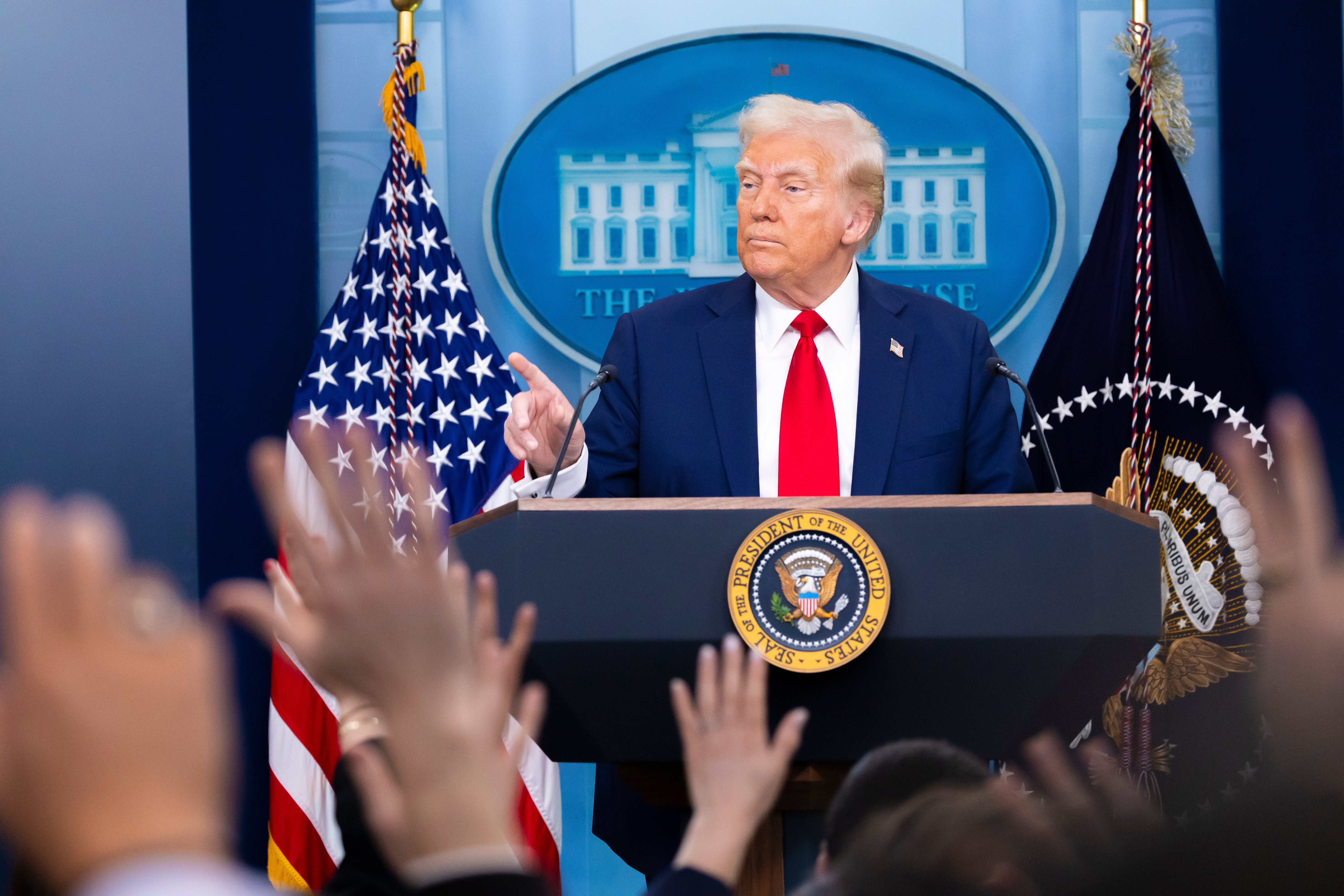Everyone in the political world is laser focused on New Hampshire and the subsequent next two states, except for one man. Mike Bloomberg stands alone in his focus on Super Tuesday, and the large, delegate rich states that follow. His attentions have single handedly shifted the entire geography of the presidential primary. In 2016, 60% of spending happened in the first four states, with only $157M spent in every state that followed, combined. Bloomberg has already spent $291M in these states. This precedent-shattering amount of money has candidates and pundits alike questioning whether the first four states will serve to winnow the field as they typically have in the past.
Bloomberg Spending Analytics
At this point in 2016, no candidate had spent beyond the first four states in any meaningful way. This year, Steyer and Sanders have already invested millions in California between them to prevent Bloomberg from expanding his monopoly of the airwaves. This is a meaningful change in strategy from previous elections where the focus was on surviving the first four, followed by a mad dash to super Tuesday. This year, candidates like Sanders who have the resources, are spending early in important Super Tuesday states such as California, Texas, and Colorado.
Bloomberg has spent $348M on TV, radio, and digital ads since he entered the race on November 25th. This is $100M more than what every other presidential candidate (sans Steyer) has spent combined. $39M of this money has been allocated to the increasingly vital California. This has allowed him to saturate the airwaves with ads, even in extremely expensive markets like LA. At this point, avoter in LA has been exposed to 30 unique Bloomberg ads, covering issues from healthcare, to the environment, to guns.
In all, Bloomberg has spent $115M on television in the super Tuesday states, an average of more than $10M/week. If he were to continue at this rate without any increases, we would expect to see about $160M from him alone in these states. In July, we made what was at the time was a bold prediction that California would have as much spending this cycle as Iowa. Now, California is within $6M of what was spent in IA, with nearly a month until election day, and could surpass $100m.

Bloomberg’s spending doesn’t just stop on Super Tuesday. He has another $128M invested on TV in the states following Super Tuesday, led by $28M in Florida. He is clearly focused on the large, delegate rich states available even after Super Tuesday, by which point most candidates have exhausted much of their resources and hope to focus on the convention and moving on to the general. His media campaign is so exhaustive, he has even invested several hundred thousand dollars into Puerto Rico, a territory few other candidates would even think of covering.

Bloomberg has totally upended established election norms in just three short months. He is spending more than any other candidate and is also spending differently than any candidate before him. His decision to ignore the first four primary states would normally be a nonstarter for any campaign. But with resources like his, Bloomberg can afford to blanket the airwaves in key states where he could pick up a lot of delegates. In the process, he is pulling other candidates’ attention, where they can spare it, into Super Tuesday states, forcing them to counter his otherwise uninterrupted messaging. In a typical cycle, the nominee often seems apparent by the end of the first four primaries. However, Bloomberg has entered an already fractured field and set fire to previous held assumptions about which states matter and the standard path to victory. Stay tuned through Super Tuesday to see if he spent his money wisely.









